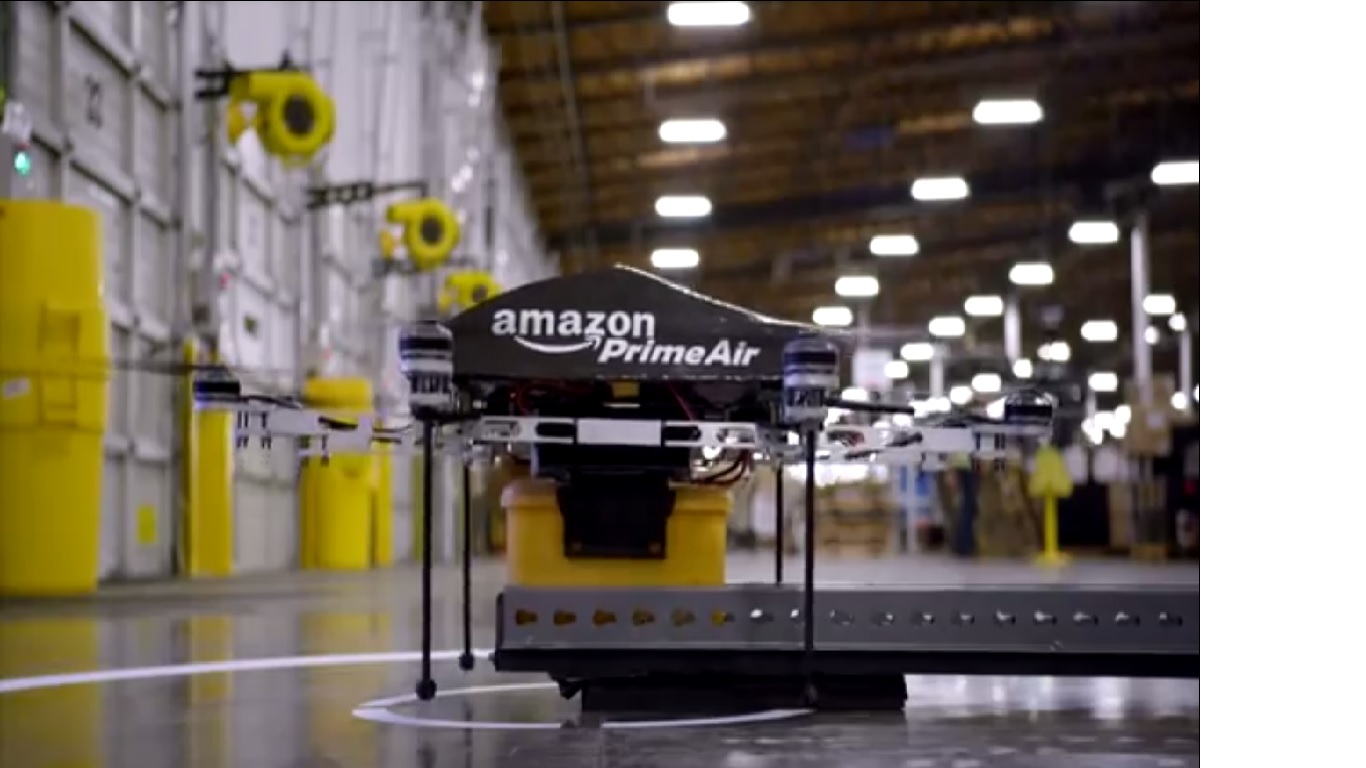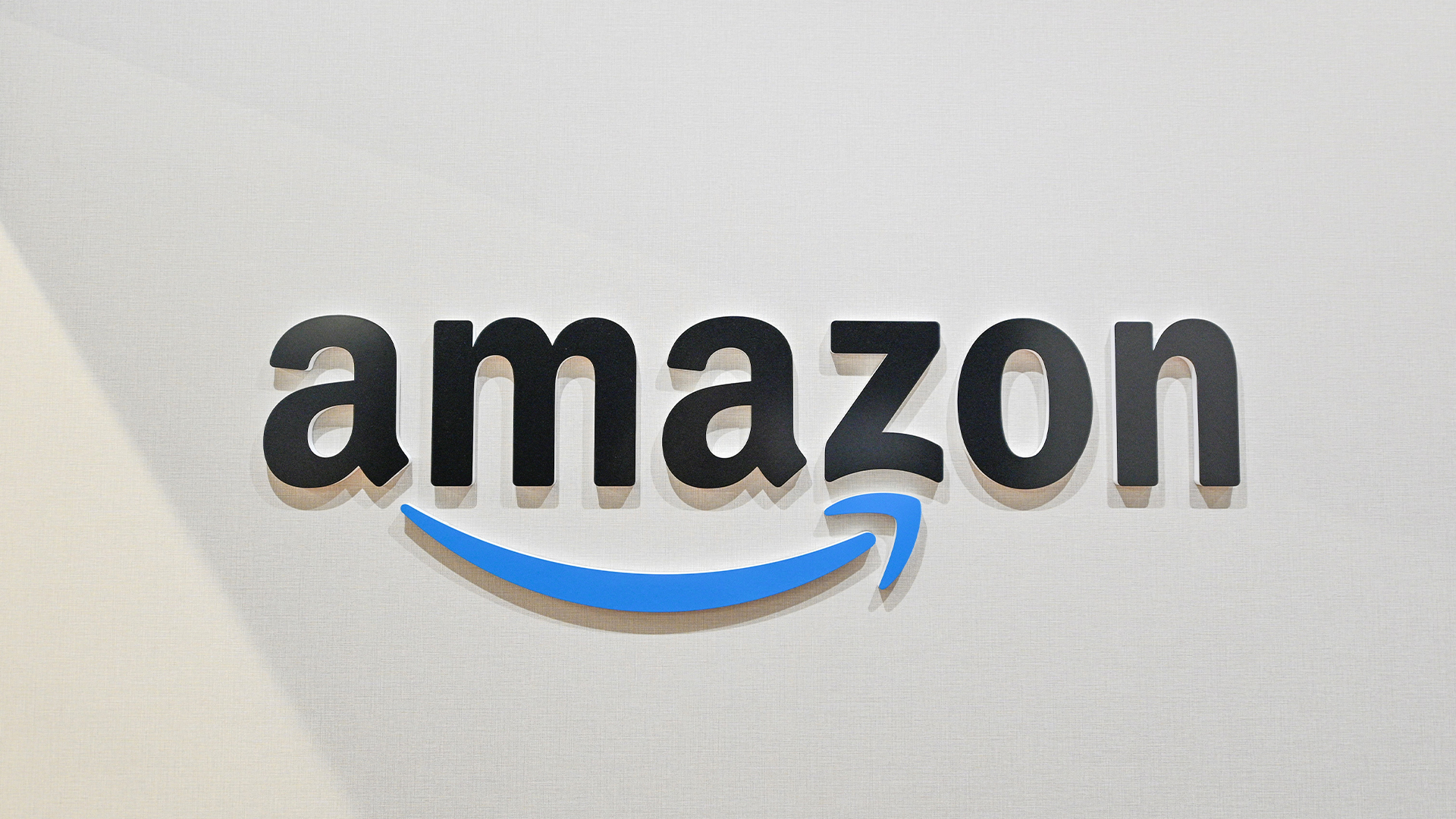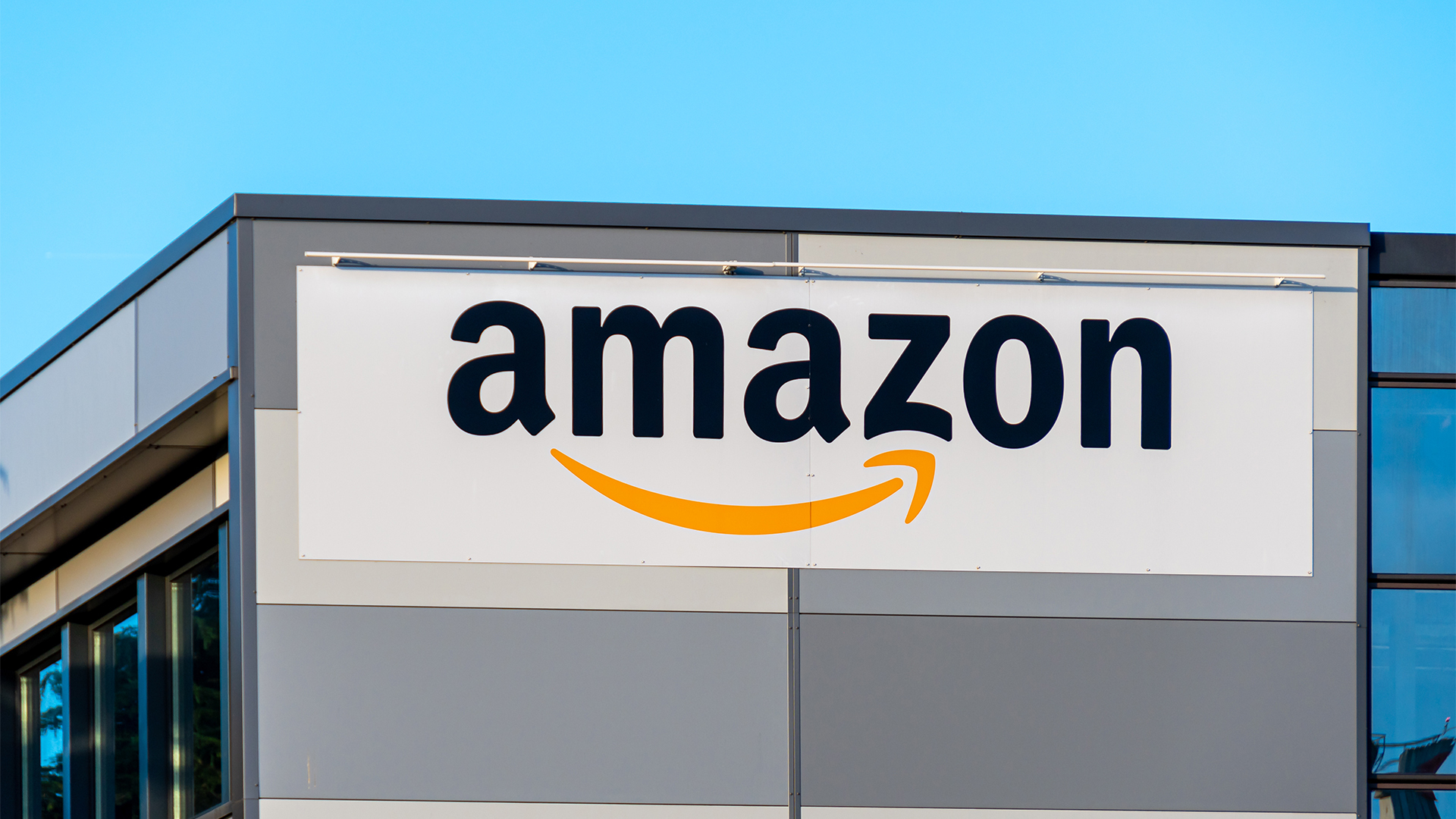Amazon delivery drones to be banned by US authorities
Amazon’s fleet of delivery drones could be grounded if the FAA gets its way

Amazon's futuristic drone delivery project could be stopped in its tracks by the US Federal Aviation Administration (FAA).
FAA documents call the delivery of packages to people for a fee a non-hobby or recreational usage of drones, qualifying it as a commercial purpose. Using the drones for commercial purposes, it argues, should be illegal due to modern regulations on unmanned aircraft.
An earlier FAA request to ban drone activity was shut down by a US judge, who claimed that the group did not have the authority to prohibit commercial usage of hobbyist equipment.
Amazon is more than likely aware of the restrictions placed on its delivery drone service, whether before or during operation.
Offering packaging and delivery for free would not allow the retail giant to get around the legislation either: the document stipulates that free shipping constitutes a business purpose too.
The commercial usage of drones is a legal grey area. In the UK, as in the US, regulations state that the operator of a drone or unmanned air vehicle (UAV) must keep visual contact with the craft at all times.
Innovations in first-person video recording and transmission on UAVs, however, has meant that pilots can now maintain contact with the drone while not having it within physical sight.
Get the ITPro daily newsletter
Sign up today and you will receive a free copy of our Future Focus 2025 report - the leading guidance on AI, cybersecurity and other IT challenges as per 700+ senior executives
The Civil Aviation Authority (CAA), the UK's governing body on UAV regulation, specifies that any drone under 20 kilograms and equipped with video recording equipment or cameras (as would be needed for long-distance flight) must not pass within 150 metres of a congested area.
Cities, towns and villages are effectively a no-fly zone for UAVs under current EU and US law. This means that although there may not be a sizable fleet of Amazon delivery drones for a number of years, there will be a sizable amount of paperwork to get through.
Amazon has said that putting the tech into use will take time as it waits for rules and regulations to catch up to the technology.
Helen McKenzie, UAV project lead and pilot at Remote Aerial Surveys, disagrees: "At present it is not necessarily a case of regulation catching up to technology, but the reverse," she told IT Pro.
"The main technological issue is that very few UAVs are capable of carrying articles which weigh a significant amount for a long enough period of time.
"Unless there is considerable change in the regulations currently governing UAVs and an advance in technology enabling longer flight times and heavier lift capabilities, the use of UAVs for deliveries is likely to remain a gimmick for the foreseeable future," she added.
-
 Should AI PCs be part of your next hardware refresh?
Should AI PCs be part of your next hardware refresh?AI PCs are fast becoming a business staple and a surefire way to future-proof your business
By Bobby Hellard
-
 Westcon-Comstor and Vectra AI launch brace of new channel initiatives
Westcon-Comstor and Vectra AI launch brace of new channel initiativesNews Westcon-Comstor and Vectra AI have announced the launch of two new channel growth initiatives focused on the managed security service provider (MSSP) space and AWS Marketplace.
By Daniel Todd
-
 ‘If you want to look like a flesh-bound chatbot, then by all means use an AI teleprompter’: Amazon banned candidates from using AI tools during interviews – here’s why you should never use them to secure a job
‘If you want to look like a flesh-bound chatbot, then by all means use an AI teleprompter’: Amazon banned candidates from using AI tools during interviews – here’s why you should never use them to secure a jobNews Amazon has banned the use of AI tools during the interview process – and it’s not the only major firm cracking down on the trend.
By George Fitzmaurice
-
 Amazon's RTO mandate could spark a talent exodus
Amazon's RTO mandate could spark a talent exodusNews A survey of Amazon staff suggests plenty remain unhappy about returning to the office next year
By Nicole Kobie
-
 Amazon's RTO mandate just hit a major roadblock – it doesn’t have enough office space
Amazon's RTO mandate just hit a major roadblock – it doesn’t have enough office spaceNews The company has told staff in several locations that it won't have room for them all in time
By Emma Woollacott
-
 “There are other companies around”: AWS CEO Matt Garman says employees pushing back on RTO mandates should quit
“There are other companies around”: AWS CEO Matt Garman says employees pushing back on RTO mandates should quitNews AWS CEO Matt Garman says employees pushing back on RTO mandates should quit
By Nicole Kobie
-
 Business execs just said the quiet part out loud on RTO mandates — A quarter admit forcing staff back into the office was meant to make them quit
Business execs just said the quiet part out loud on RTO mandates — A quarter admit forcing staff back into the office was meant to make them quitNews Companies know staff don't want to go back to the office, and that may be part of their plan with RTO mandates
By Nicole Kobie
-
 Microsoft tells staff it won’t follow Amazon or Dell on enforcing a return to the office – but there’s a catch
Microsoft tells staff it won’t follow Amazon or Dell on enforcing a return to the office – but there’s a catchNews While other big tech companies are forcing reluctant workforces back into the office, Microsoft isn’t following suit
By George Fitzmaurice
-
 Amazon workers aren’t happy with the company’s controversial RTO scheme – and they’re making their voices heard
Amazon workers aren’t happy with the company’s controversial RTO scheme – and they’re making their voices heardNews An internal staff survey at Amazon shows many workers are unhappy about the prospect of a full return to the office
By Ross Kelly
-
 Amazon set a goal to reach 100% renewable energy by 2030 – it reached it seven years early
Amazon set a goal to reach 100% renewable energy by 2030 – it reached it seven years earlyNews The tech giant has rapidly accelerated renewable energy investment in recent years
By Ross Kelly